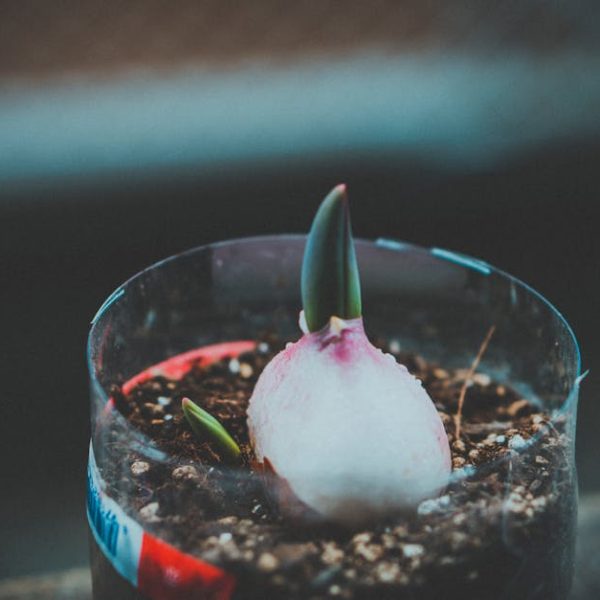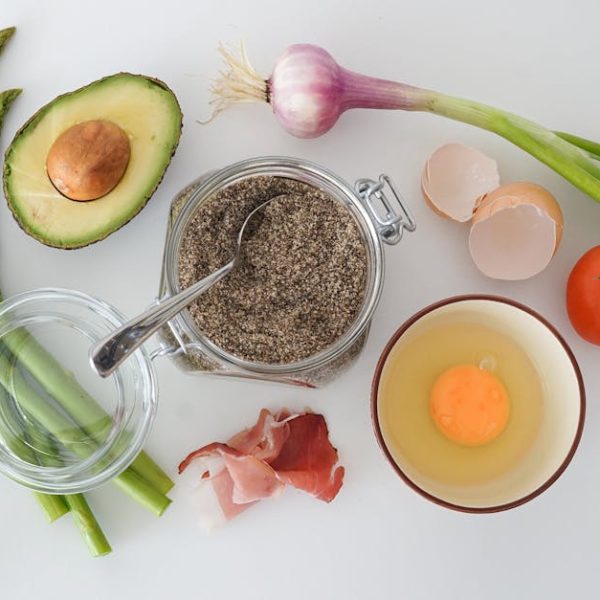Cabbages are a nutritious addition to salads, stews, and an impressive array of other dishes, offering benefits beyond their crunchy texture and unique taste. However, keeping them fresh for an extended period can be surprisingly challenging. Up your game with these seven genius tips for storing cabbage, which entail understanding the conditions for maintaining its freshness, ideal storage techniques for both chopped and unchopped cabbage, freezing procedures for long-term storage, and nurturing awareness about common mistakes that fast-track spoilage.
Understanding the Freshness of Cabbage
Cabbage, like any other vegetable, has its own set of conditions that adhere to its state of freshness. Even slight deviations from these conditions can hasten the degradation process, marring its taste, nutrition, and visual appeal. That said, understanding these conditions will enable you to preserve your cabbage longer and higher in quality.
Checklist for Fresh Cabbage:
- Vibrant leaf color
- Crisp texture
- Fresh and earthy smell
Pro Tip: To keep tabs on stored cabbage freshness, it is worthwhile to check them every 2-3 days, depending on your storage methods.
Storage Techniques for Unchopped Cabbage
Storing whole, unchopped cabbage isn’t complicated if you know your way. The approach primarily involves taking care to keep the cabbage in a cool, moderately moist space like a refrigerator. Specifically, the crisper drawer of your refrigerator makes an ideal nest for your unchopped cabbages.
Best Practices for Storing Unchopped Cabbage:
- Store at a range of 32°F – 40°F.
- Don’t wash the cabbage before storing it; the additional moisture can hasten spoilage.
- Wrap it in a slightly damp cloth or paper towel, then in a loose plastic wrap.
A comparison between the shelf-life of refrigerated versus unrefrigerated unchopped cabbages is pretty much a no-brainer. While a well-refrigerated cabbage can stay fresh for up to 2 months, those left at room temperature may not make it past two weeks.
Storing Techniques for Chopped Cabbage
Possibly, you’ve chopped more cabbage than necessary for a recipe and wondering what to do with the leftovers. By storing it securely in a cool place and minimizing air exposure, you can preserve its crispy flavor for a week or longer.
You will need:
- An airtight container or a resealable plastic bag.
- A refrigerator to store them.
Pro Tip: Squeeze all the air out before sealing to prevent moisture build-up, which leads to wilting and spoilage.
Stay tuned for the proceeding steps to learn about freezing cabbage for long-term storage.
Freezing Cabbage for Long-Term Storage
Sometimes, you might find yourself with more cabbage than you need. Or perhaps, you’re preparing for a time when fresh cabbage might be scarce. Either way, freezing cabbage can be an effective method of preserving it for later use. This process can store cabbage for up to 9-14 months, albeit with some changes in consistency and taste due to freezing and thawing.
Best Practices for Freezing Cabbage:
- Chop the cabbage into desired chunks.
- Blanch the cabbage pieces in boiling water for about 90 seconds, then immediately plunge them into a bowl of icy-cold water to stop the cooking and preserve the color.
- Drain and let it dry completely to avoid freezer burn.
- Store the cabbage in heavy-duty freezer bags or airtight containers.
Though freezing cabbage keeps it stored for the longest time, it may bring along a few concerns. Frozen then thawed cabbage usually becomes soft and a bit mushy – not the best option for salads but still great for soups and stews. If you can put up with these changes in texture (and a negligible loss of nutrition), freezing can be a practical choice.
Avoiding Common Cabbage Storage Mistakes
In all your efforts to keep cabbage fresh as long as possible, some common storage mistakes can hasten spoilage and counteractive. Knowing these will help you avoid any unnecessary wastage and keep your cabbage fresh and crunchy for longer.
Here are some of these mistakes:
- Keeping cabbage in a warm area
- Not wrapping tightly enough
- Storing near ethylene releasing fruits like apple, banana, and pear.
Best Practices:
- Always chill your cabbage; a cool environment slows down spoilage rate.
- Wrap whole cabbages tightly – no exposure to air means slower loss of moisture and thus, freshness.
- Separate your cabbage from fruits that release ethylene as it speeds up ripening and consequently rotting.
Armed with these tips, your cabbage storage game should reach another level. Not only you will have fresh, crisp cabbage ready for your meals, but you will also have reduced wastage significantly. Preserving cabbage isn’t rocket science, after all – simple precautions and careful storage can make a world of difference!
Key Takeaway:
- The freshness of cabbage depends on several conditions, including color, texture, and smell. Regular checks every 2-3 days can help to maintain its freshness.
- Whole, unchopped cabbages can be stored in a refrigerator at temperatures between 32°F to 40°F. Chopped cabbages require airtight containers to limit exposure to air.
- Freezing cabbages is an effective long-term storage method, despite leading to changes in consistency and taste.
- Avoid mistakes like storing cabbage in a warm area or not wrapping it tightly enough can hasten spoilage.
Storing cabbage might seem challenging, but with a little knowledge and practice, you can keep your cabbage fresh and crunchy for much longer. Implement these simple tips and tricks, and you will not only save your cabbage but also your time and efforts in procuring and prepping them. Remember, a well-stored cabbage means a better meal on your plate. Let’s all aim for that!
FAQs
Q: Can I freeze chopped cabbage without blanching it first?
A: To maintain the color and nutritional value, it is recommended to blanch cabbage before freezing it. It also helps to kill any bacteria present, prolonging the shelf life of the cabbage.
Q: What happens if I store cabbage near ethylene-releasing fruits?
A: Fruits like apple, banana, and pear release ethylene which speeds up the ripening process and could make your cabbage go bad quicker. It’s best to store them separately.
Q: Is it safe to eat wilted cabbage?
A: While it’s safe to eat cabbage that’s a bit wilted, it might not taste its best. It’s always better to consume fresh cabbage for the best taste and nutritional benefits.
Q: Can I cut the rotten part and eat the rest of the cabbage?
A: If only a small part of the cabbage is rotten and the rest appears fine, you can cut off the rotten part and consume the rest. However, for safety, when in doubt, throw it out.
Q: Is there any way to restore the crispiness of the wilted cabbage?
A: Soaking wilted cabbage in ice-cold water for a couple of hours can help restore its crispiness. However, if it’s overly wilted, it might not work. It’s best to consume cabbage when it’s fresh.
Do share this article if you found it informative, and feel free to explore my other posts to learn more useful tips and advice.






